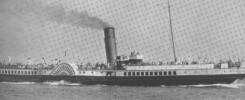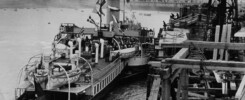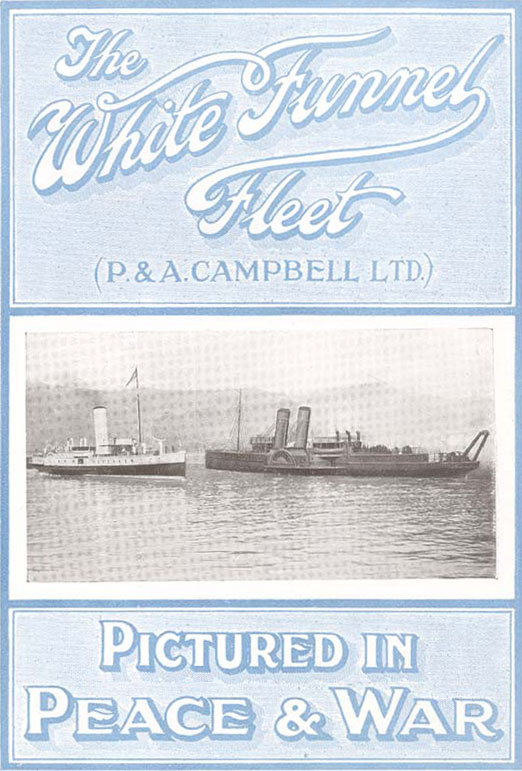
The era from around 1900 to the outbreak of the First World War fourteen years later was a calm, peaceful and prosperous age for the UK and European tourism and leisure industries with moneyed tourists travelling abroad and less moneyed holiday makers travelling around the UK like never before. It was the apotheosis of excursion paddle steamer operations with more steamers and routes than would ever be seen again in the UK and with new paddle steamers flying off the stocks throughout Europe to satisfy the increasing demand.
The zeitgeist of the time and how it has changed in the subsequent century of massive conflict is rather nicely encapsulated in an article by the great tenor and music administrator Sir Steuart Wilson writing about Puccini’s opera “Tosca”, a tale of a military dictatorship, spying, censorship, sexual harassment and torture. “When this opera was new in 1900” he wrote “there was no torture, no conspirators and no war. All that belonged to the “cloak and dagger” days. Today, after two world wars and other seemingly endless conflicts, one has the uncomfortable feeling that this plot is actually rather near to the bone to many people.”
It had been a golden age. Then in 1914 it all stopped. Just like that. And nobody, at least nobody in the tourism and leisure industry, seems to have seen it coming.
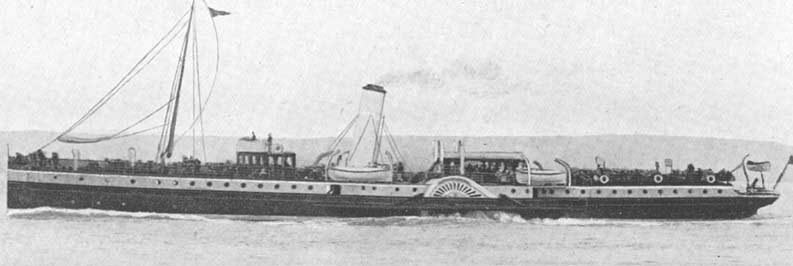
For example, P & A Campbell invested in and had built the Glen Avon (pictured above) in 1912 just two years before war was declared.
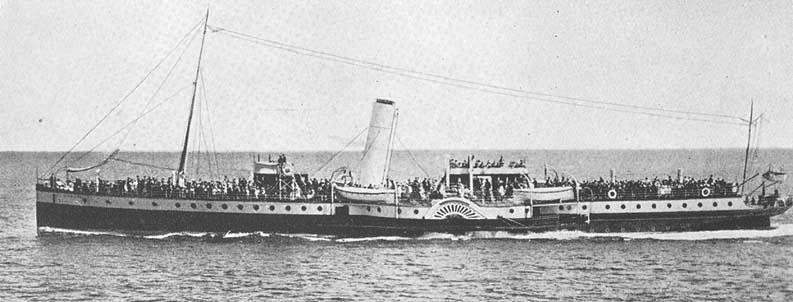
And the brand new Glen Usk was delivered during 1914 itself just as escalating events in the Balkans sparked off the chain reaction which brought the idyll to an end.
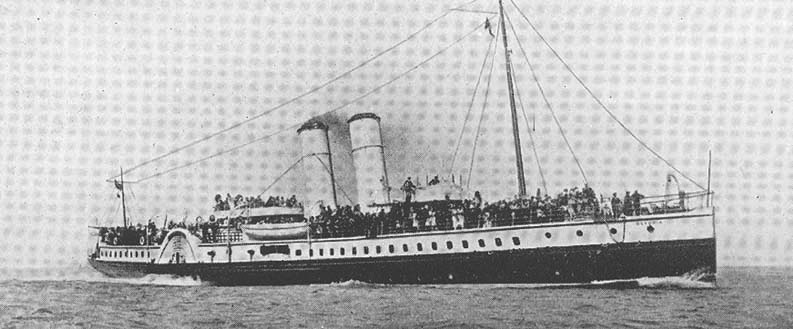
By the end of that summer, all excursion sailings were cancelled and on 30th September two P & A Campbell paddle steamers, the Devonia (pictured above) and Brighton Queen, had been called up for military service. They were followed by the Cambria, Westward Ho, Glen Avon and Lady Ismay in December, Britannia and the new Glen Usk in February 1915 and Ravenswood, Albion, and Barry (later to be called Waverley) that July.
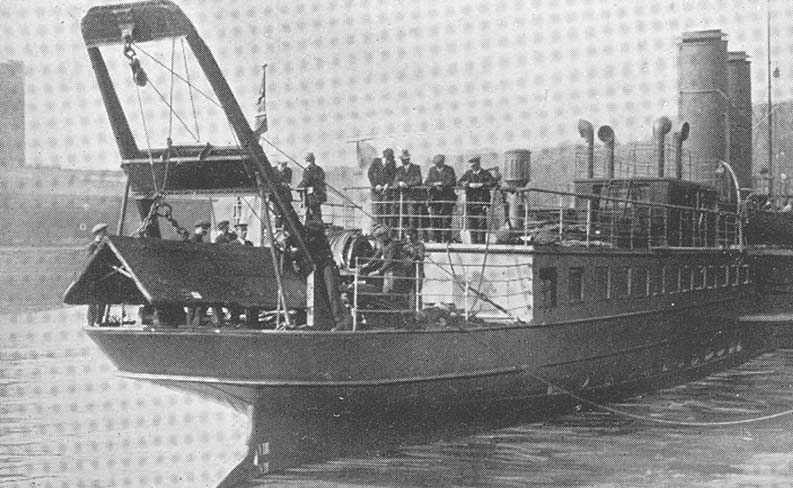
P & A Campbell’s post war Bristol Channel District Guide records how its fleet got on during the war:
In the Devonia unit figured the Devonia, Brighton Queen, Westward Ho, Cambria and Glen Avon. In the early days of the war from December 1914 to January 1915 they were engaged in sweeping the mines laid by German cruisers after the bombardment of the north east coast and from Scarborough they went to the Thames Estuary where they helped in keeping the Channel routes clear of mines, at times being bombed by aircraft. Next they are found off Beachy Head owing to submarine activity there during which a local trader was sunk.
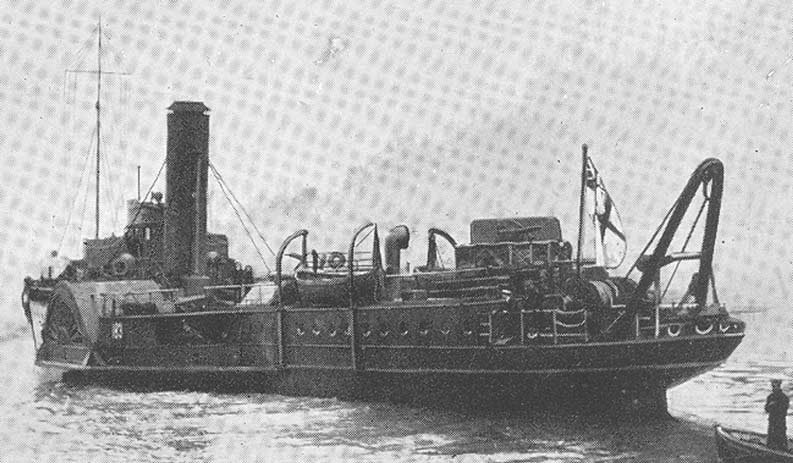
Early in March of 1915 the flotilla was employed in sweeping clear to allow our old-class cruisers to bombard the Germans on the Belgian Coast and once again the Bristol boats were attacked by aircraft. From here they were shifted to the sullen North Sea, some 200 miles out sweeping the passages for our light cruisers many times having to drive through heavy gales for shelter. They were relieved by new navy sloops and while the operation was in progress they were attacked by night.
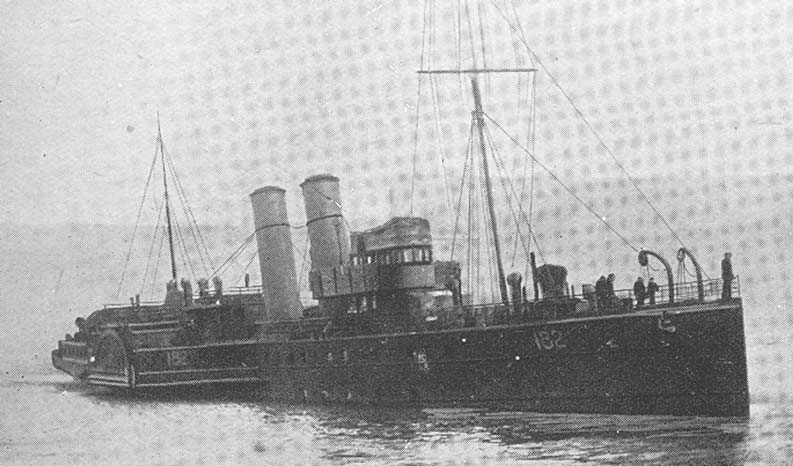
During their work in the North Sea area, the Devonia Unit gained the distinction of accounting for the greatest number of mines in one day’s sweep. This was while working on the Channel sweeps keeping the passages clear for for the merchantmen and transports and the Bristol steamers were able, on more than one occasion, to render valuable aid to mined and damaged vessels. After another period of sweeping on the Belgian Coast, the unit came in for a warm time.
But more of that anon.
Kingswear Castle returned to service in 2023 after the first part of a major rebuild which is designed to set her up for the next 25 years running on the River Dart. The Paddle Steamer Kingswear Castle Trust is now fund raising for the second phase of the rebuild. You can read more about the rebuilds and how you can help if you can here.
John Megoran

